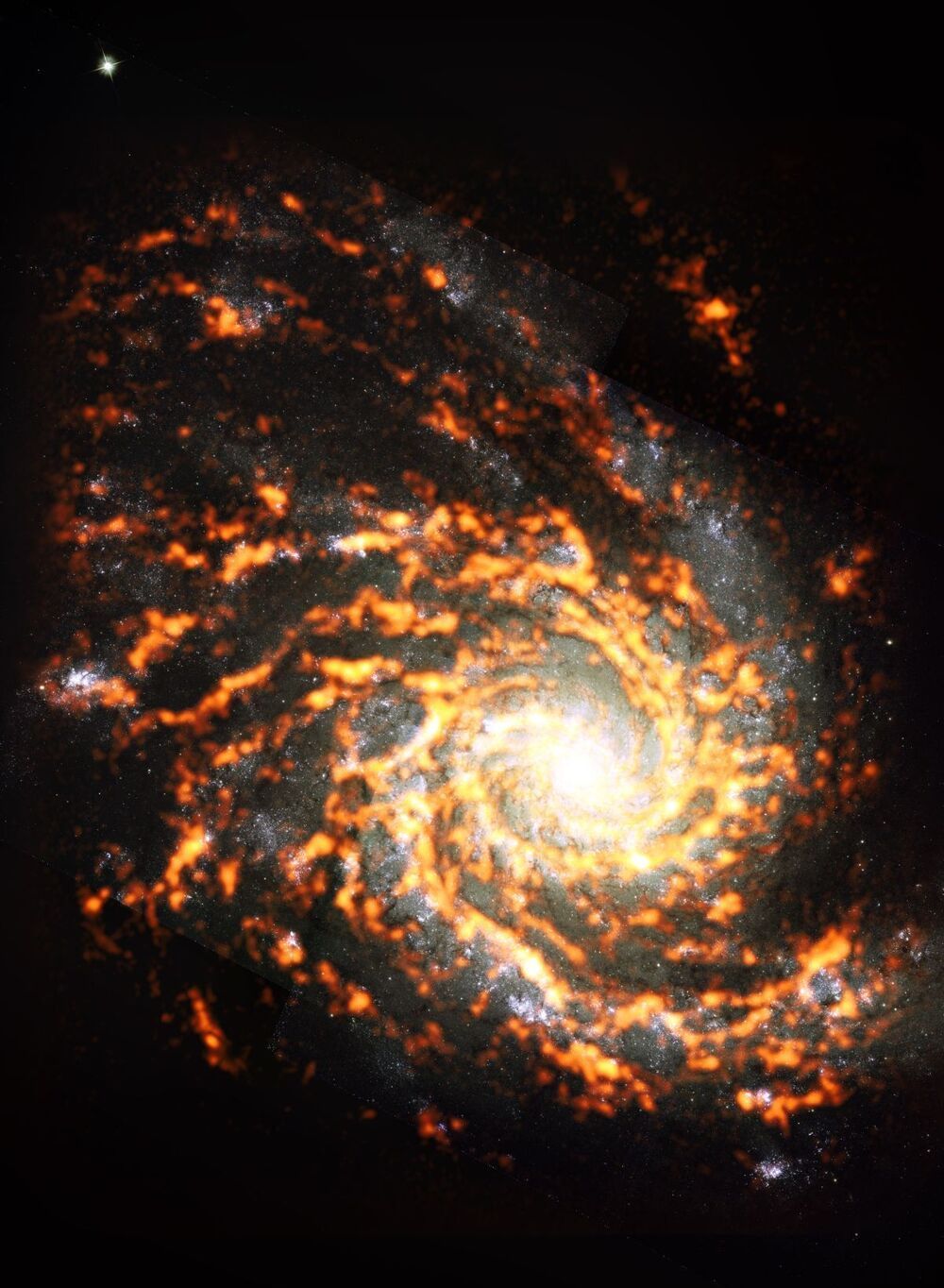Livescience.com|By LiveScience
The five-year survey, conducted across a section of the cosmos known as the nearby universe because of its proximity to our own galaxy, used the Atacama Large Millimeter/Submillimeter Array (ALMA) radio telescope located in Chile’s Atacama Desert. By conducting their survey in the radio part of the electromagnetic spectrum, rather than the optical part, the astronomers could focus on the faint glow from the dust and gas of the dark and dense molecular clouds, as opposed to the visible light from the young stars birthed by them.
This allowed the researchers to study how a star’s home cloud shapes its formation.









Comments are closed.